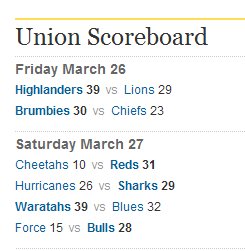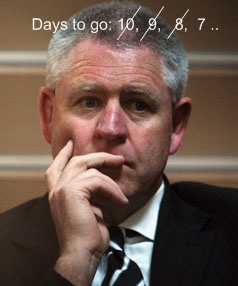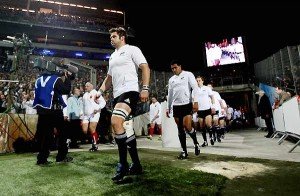Source: The NPC format you wont see
THE ORIGINAL TEFLON PLAN
– All 14 teams involved, all teams in one tier, split into two permanent conferences – ala the NFL, NHL, NBA, MLB (pretty established and successful leagues) – of seven. Initial analysis sets up the following potential conference line-ups (there is some leeway for difference of opinion and arguments to slight changes to the conference make-up but let’s roll with this):
Waka Nathan Conference: Otago, Canterbury, Hawke’s Bay, Manawatu, Bay of Plenty, Auckland and Counties
Fred Allen Conference: Southland, Tasman, Wellington, Taranaki, Waikato, Harbour and Northland
– The regular season would consist of 10 regular season games (as the Players’ Association Plan calls for), so here’s how it would unfold:
– Six games against the teams within your conference and four from outside the conference.
One of those outside-conference games would be locked-in every year against a close traditional/geographical rival and the other three would be on rotation. -If you look at the composition of the conferences, the rivalry games are already laid out – Southland-Otago, Canterbury-Tasman, Wellington-Hawke’s Bay, Manawatu-Taranaki, Waikato-BOP, Auckland-Harbour and Counties-Northland (preferably all played in the same weekend – Rivalry Week – which would market itself and hook in the media and casual fans.
-A team would play three outside-conference teams one year, and the remaining three outside-conference teams the following year. So in a two-year cycle, teams would be guaranteed to play every team at least once. Because all teams are on the same tier, all points would count.
– After the regular season, there would be semifinals involving the two conferences winners and the two next best teams on points (this ensures a strong conference in a certain year won’t be disadvantaged by only having two semifinals spots). Ideally there would be six or eight teams involved in the playoffs, tacking on quarterfinals. Twist my arm and a regular season game could be sacrificed to see another two or four teams involved in the postseason.
The beauty of this plan is it keeps everyone involved in the title hunt from start to finish, prevents an ugly bidding war between chief executives keen to save their jobs by finishing in the top-seven, side-steps the horse-trading lunacy that would eventuate from the teams-selecting–their-opponents process. Plus there’s absolutely no reason this competition couldn’t go ahead in 2010.
Sure it’s not perfect. But then, perfection doesn’t exist in this situation.
COMMENTS: This is much better !







